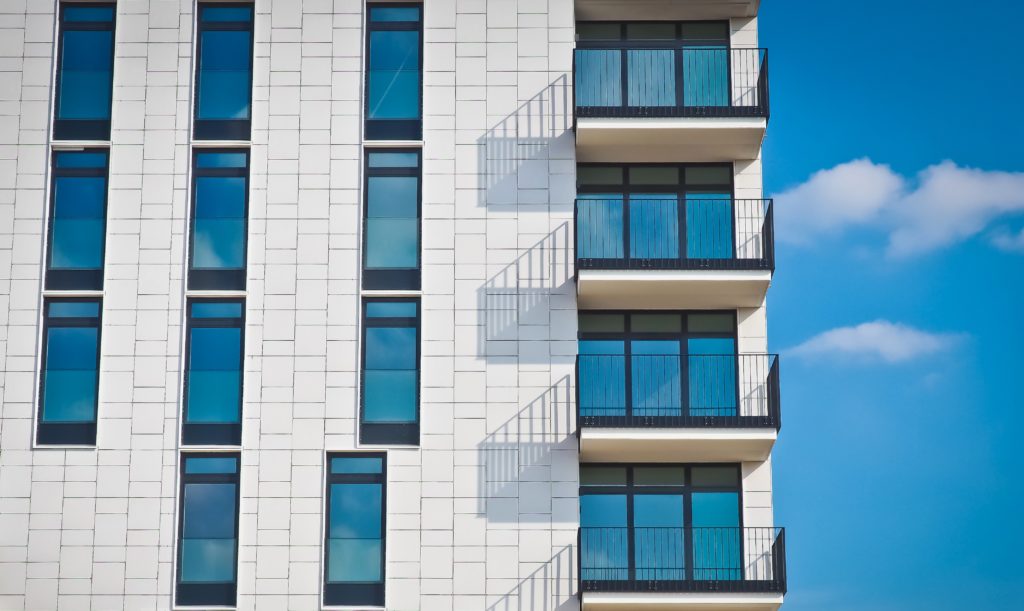
Be Aware, Be Alert, Be Advised and then Perhaps be less Alarmed!
Melbourne’s Lacrosse apartment fire in 2014 brought into the spotlight the issue of non-compliant cladding in tower construction.
In this particular instance, more than 400 people were displaced as a direct result of a single spark to the use of non-compliant cladding materials in the construction of the building.
Thankfully – and most importantly – no lives were lost as a result on this occasion.
The Lacrosse fire is but one example of Building Compliance being now even of greater concern to purchasers looking to buy apartments that may be affected by cladding issues and also to owners looking to sell their potentially affected property.
On this front: the ‘issue’ of combustible cladding has:
- been added to the risk ratings of bank valuations
- left owners and owners’ corporations to cover levies to remove dangerous cladding
- and inadvertently forced buyers to jump through hoops to prove the ‘safety’ of the building.
How is the issue being fixed?
The Victorian Government is seeking to address the issue in Melbourne via Victoria’s Local Government Act through Cladding Rectification Agreements (CRAs).
Provisions have been made by the Local Government for the removal of combustible cladding in identified buildings.
These provisions currently provide for owners and owners’ corporations to enter into agreements with Local Councils and lenders to finance remediation works. The repayments resultant from any such agreement become a levy added to an Owners Council rates.
The Victorian Government estimated the cost of remediation to be $600 million.
Others, like the Victorian Building Action Group, believe the Victorian Government Remediation Estimate won’t ‘cut it’ and costs will likely be double – perhaps even triple of these initial estimates.
How do you know if you’re building has combustible cladding?
Let’s make it clear: not every apartment in Melbourne has cladding issues.
When purchasing a property, whilst there are Seller obligations of reporting, the onus can largely be on a Buyer to find out if they are looking to purchase a property with combustible cladding. So school up!
Melbourne has seen a surge in inner city apartment development over the last two decades.
Inner-city suburbs like Docklands are predictably dominated by apartments, but even 10 kilometres out of the CBD, units make up half of Hawthorn East’s urban landscape. The trend reflects our lifestyle changes: the swing away from large families of previous generations and the 600sqm block.
If you’re thinking of buying an apartment, your investigations into the building’s cladding should be as important as your research into potential yield and capital growth.
Things to consider include (but are not limited to):
- The Seller’s Section 32 statement and owners’ corporation meeting minutes (with particular regard to combustible cladding);
- Contacting the local council to see if there are any cladding-related issues;
- Review of any correspondence between the owners’ corporation and the building’s insurer.
Be aware, not alarmed
The construction industry has moved to ditch the combustible aluminum cladding in recent apartment construction. For apartments built in the earlier boom, buyers, sellers, investors and tenants need to be wide-eyed and aware.
By Caroline Symington.


